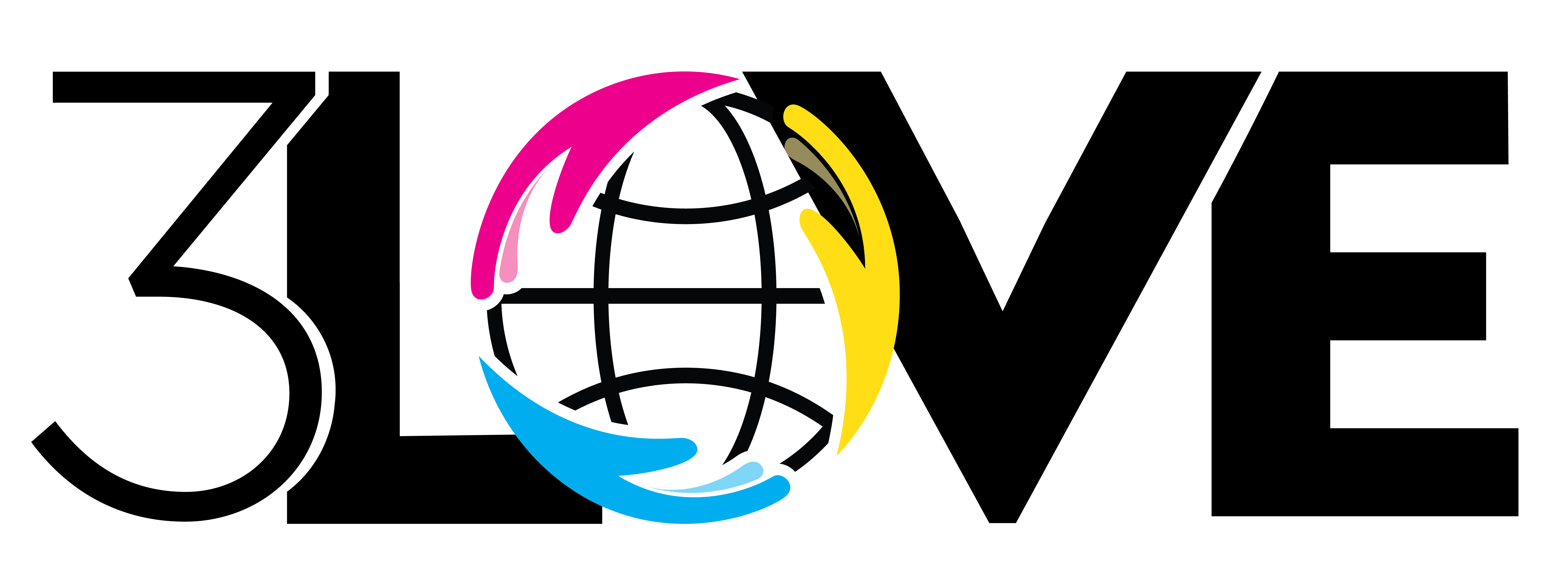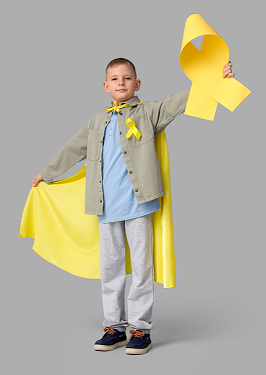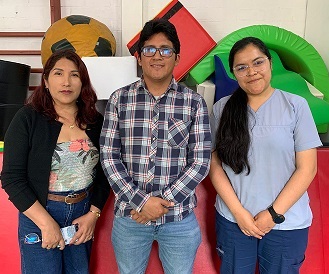International Childhood Cancer Day is commemorated on February 15 with the aim of raising awareness about this disease, as well as expressing support for children and adolescents with cancer, survivors and their families.
Childhood cancer figures in Latin America and the world
Cancer is one of the leading causes of mortality among children and adolescents worldwide. Every year, approximately 280,000 children and adolescents between the ages of 0 and 19 are diagnosed with this disease.
In Latin America and the Caribbean, it is estimated that at least 30,000 children and adolescents under 19 years of age are affected by cancer every year. Of these, about 10,000 unfortunately die from the disease.
In high-income countries, more than 80% of children affected by cancer are cured, but in many middle- and low-income countries the cure rate is approximately 20%.
The impact of childhood cancer translates into years of life lost, greater inequalities and economic hardship. This can and must change.
Advances in pediatric cancer treatment
In many countries, cancer is the second leading cause of death in children over one year of age, second only to accidents.
Fortunately, in recent years there have been major advances in the treatment of pediatric cancer. One example is acute leukemia, a disease that until 30 years ago was considered inevitably fatal. Today, being the most frequent type of cancer in childhood, it has a 5-year survival rate of over 70%, which means that most patients can be cured definitively.
Similar progress has also been made in the treatment of solid tumors since the combined use of radiotherapy, surgery and chemotherapy has significantly increased long-term survival in childhood tumors.
Children are different from adults, so it is generally important to take action when any signs or symptoms are detected that are different from the norm. Although pediatric cancer is not preventable, the goal of early detection can be achieved by health professionals who take a thorough history, do a good medical examination and listen to parents.
WHO Global Initiative against Childhood Cancer
In September 2018, at an inaugural event on childhood cancer at the United Nations General Assembly, the World Health Organization (WHO) announced the WHO Global Initiative Against Childhood Cancer. Its goal is to achieve a survival rate of at least 60% for children with cancer by 2030, reducing suffering and saving an additional one million lives. This is achieved through concerted efforts at global, regional and national levels, with implementation supported by a WHO technical package of strategic interventions (CureAll).
The Global Initiative Against Childhood Cancer focuses on six types of cancer:
- Acute lymphoblastic leukemia
- Hodgkin’s lymphoma
- Retinoblastoma
- Wilms’ tumor
- Burkitt’s lymphoma
- Low grade glioma
CureAll Americas represents the action of many stakeholders to improve care and outcomes for all children and adolescents with cancer in Latin America and the Caribbean, within the framework of the WHO Global Initiative against Childhood Cancer.
The CureAll Americas technical package guides countries in implementing the initiative. The expected outcomes are stronger health systems and better care for children and adolescents with cancer.
The Initiative has multiple stakeholders who have agreed to help governments create strategic plans and set priorities. Success is made possible when leading academic centers, professional societies, parent groups, non-profit foundations and the private sector unite around a common goal: saving the lives of children and adolescents with cancer.


